Showing results 371-380 of 421 for UDL
Search results
-
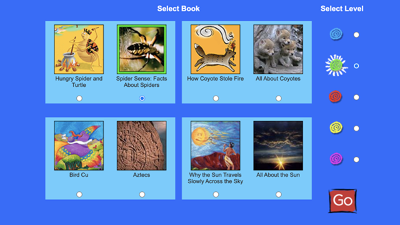
The CAST Folktales line of work supported literacy development for students, with a special focus on encouraging English Language Learners to leverage their home language to build reading comprehension skills in English.
-
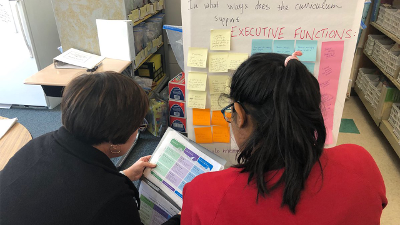
Through a three tiered service model of universal, targeted and intensive supports, the California Coalition for Inclusive Learning (CCIL 2.0) provides innovative professional learning focused on Universal Design for Learning (UDL) to increase educator capacity to provide ALL students access to meaningful, relevant, and rigorous grade level instruction in inclusive classroom environments.
-
We offer a range of options for professional development for postsecondary institutions, including keynotes, workshops, customized consultations, coaching, and more.
-
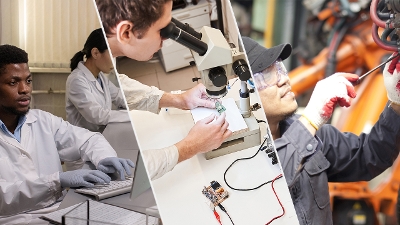
Advanced technology programs at postsecondary institutions can't recruit high school students fast enough to keep up with the demand for expertly trained technicians. CAST, along with community college and technical institution partners, are addressing the barriers students face in these programs to increase the diversity of the talent pool for technical careers.
-

CAST partnered with the Minority Student Achievement Network (MSAN) to create a web-based professional development course to help 8th-grade science teachers understand stereotype threat and adopt UDL-based methods to reduce the likely effects of stereotype threat in their everyday instruction.
-
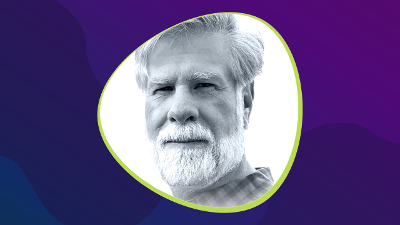
When I first met David Rose, while I was working at WGBH as head of its Media Access Group and National Center for Accessible Media, I knew that we would be sharing our mission and values in tangible and productive ways. The communities that we wanted to serve together tied our bonds, and as my staff met CAST's, the relationship just grew and grew.
-
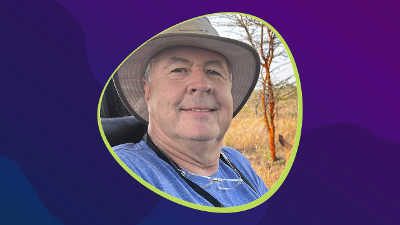
The early days of CAST were filled with thoughts and dialogues about meeting the needs of individual students and not just teaching to the middle. It seems common sense now, but back then, it was twisting educators’ thinking about what they had always done in classrooms. Being dyslexic, I often wondered what my school life would be like with that philosophy and attitude. Anne, David, and the CAST team were taking on the world of education. And for me, this was very personal.
-
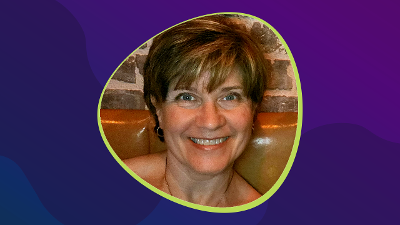
I was a post-doc at CAST in 2012-2013 when the principle of engagement was shifted to the far left of the 2.1 guidelines. Though the decision had been made, there were still discussions, and dare I say academic arguments, about the shift. What I cherished most about being in and around CAST was that everyone's voice counted during these and any discussions. It didn't matter what that person's role was. Everyone's opinions, from David Rose's ponderings to interns' thoughts, were heard, weighed, encouraged, and respected. This is what defined CAST for me.
-
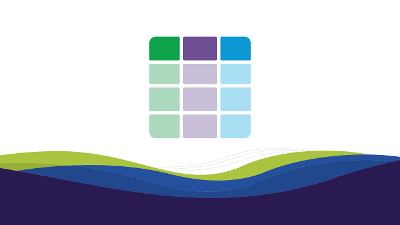
The Young Adult Advisory Board will support and inform the process of reenvisioning the UDL Guidelines through an equity lens by centering and amplifying the experiences and perspectives of young people. The Board is comprised of young adults ages 18-22 who are eager to share their ideas for how to create more equitable learning environments through the dimensions of race and ethnicity, gender and sexuality, socioeconomic background, language, disability, and/or citizenship and nationality.
-
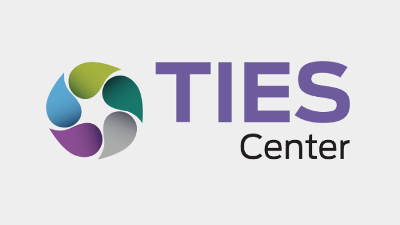
The TIES Center mission is to create sustainable changes in school and district educational systems so that students with significant cognitive disabilities can fully engage in the same instructional and non-instructional activities as their general education peers while being instructed in a way that meets individual learning needs.
